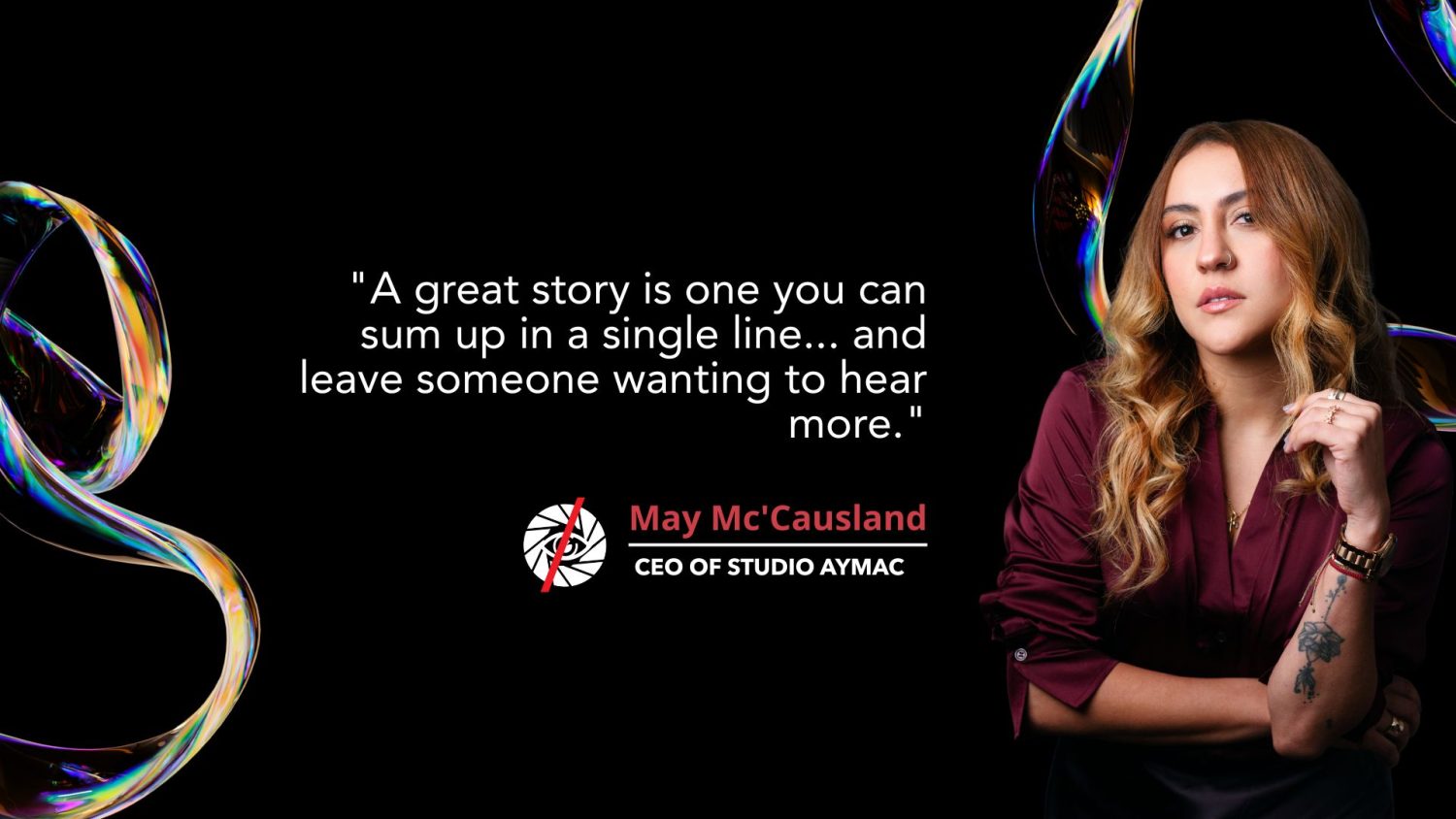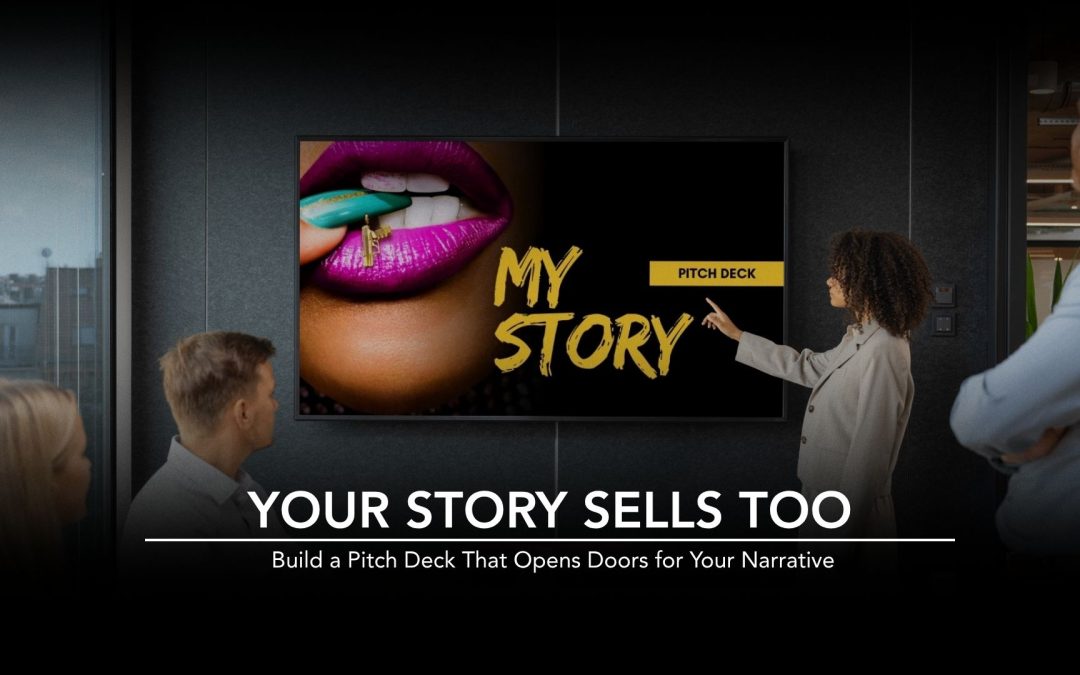When you’re crafting an audiovisual project—and it’s not just for fun or intellectual curiosity—a strong story is only the starting point.
The truth is, you might have a solid script, a powerful visual world, and a clear authorial voice, but if you don’t know how to pitch your project, the chances of someone wanting to invest in it are slim.
Let’s be straightforward: you’re creating a product. You want someone to buy it or partner with you to invest, so it can reach the showcase you envision (theaters, broadcast TV, streaming platforms) and connect with the audiences who’ll love it—and crave more from you or your style. To make that happen, you’ll need a Pitch Deck.
It’s not just a technical requirement: it’s your introduction to the industry.
Investors, co-producers, platforms, and funds don’t buy dreams—they buy clarity, vision, and feasibility. And all of that needs to be distilled—and well-told—in your sales materials.
As May McCausland, CEO of Studio AYMAC, puts it:

Why Your Pitch Deck Isn’t Winning Hearts (Yet)?
Many projects get sidelined not for lack of talent, but because they fail to translate their potential into market-speak. Here’s where a lot of decks fall short:
* They describe too much and communicate too little.
* They look polished but don’t clarify the business model.
* They have a solid synopsis, but no clear unique selling point.
* They use poetic language that doesn’t resonate with financial decision-makers.
What Makes a Pitch Deck That Works?
- A Single Line That Says It All
If your story can’t be explained in one sentence, it’s still out of focus. That line isn’t a slogan—it’s your narrative and commercial compass.
Example: “An eco-thriller where a fisherman takes on the multinational polluting his sea.”
- Visual Identity That Tells the Tale
Your deck should “breathe” the universe of your story. Colors, fonts, writing style, reference images—everything must evoke the tone and genre. A comedy doesn’t sell with the visual codes of a political drama.
- A “Why?” That Goes Beyond Ego
Why this story? Why now? What conversation does it spark with the world? That motivation should shine through—not as a speech, but as narrative tension and authorial vision.
- A Clear Value Proposition
What makes your project stand out from the rest? Who is your target audience? What’s its distribution or sales potential? This isn’t about appealing to everyone—it’s about showing you know your niche and how to reach it.
- Build with Strategic Vision
Just like making a film yields better results with a team than going solo as a one-man band, you’ll get stronger outcomes by partnering up. An advisor or producer with commercial experience can help translate your artistic vision into language that builds trust: structure, viability, and return on investment.
The pitch deck isn’t the end of the creative process—it’s the start of its industry journey
At Studio AYMAC, Your Story Is Our Bet Too
For over 10 years, we’ve supported creators who don’t just want to tell stories—they want to position them, fund them, and get them on the right screens.
That’s why we offer guidance in developing solid sales materials: from the One-Pager to the full Pitch Deck.
We’re giving you a one-page template that has been key to pitching projects to platforms.
Got a powerful story?
Start by building the deck that opens doors.
Download our free One-Pager template and take that first strategic step to present your project with the impact it deserves.


Comentarios recientes